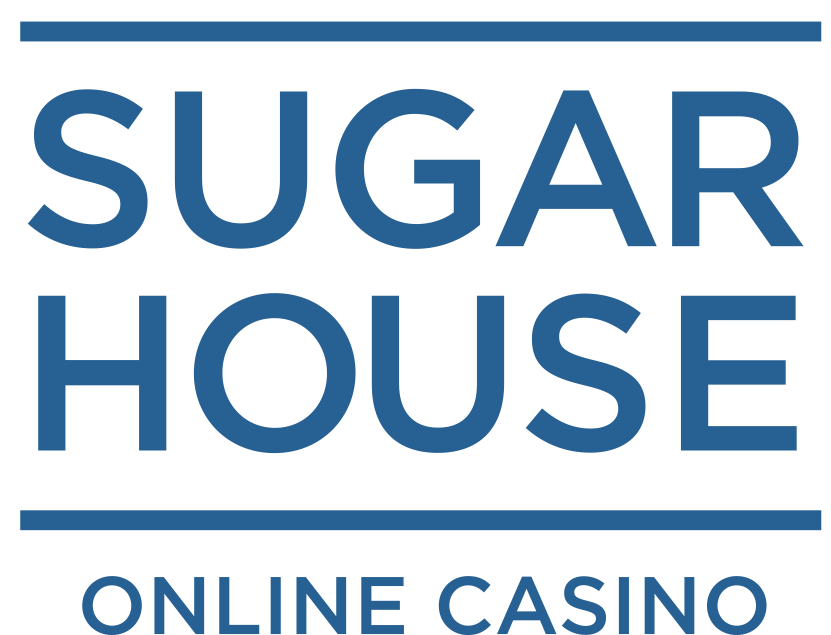Calculating The Blackjack House Edge
The first thing to consider in any Blackjack game is the house edge. There are so many different rules and characteristics that can influence the house edge in a game of Blackjack. Fortunately, every online Blackjack game has to display the house edge in the full game rules. We couldn’t possibly trace all the games and list their rules with the associated house edge. However, what we can do is explain what factors influence the house edge and offer a few examples.
When it comes to the characteristics that influence the house edge, the biggest impact will come from how many decks are being used. Most games will tend to incorporate an even number of decks up to eight, though some do utilize five decks of playing cards.
The second influencer is the Dealer hit/stand rule on a soft 17. Whether they are forced to stand with a soft 17 or Hit with a soft 17 will directly influence the house odds on any given hand.
Doubling down on a player’s hand has two components that influence the house edge. The first is whether or not they are able to double after splitting a hand. The second will come into play depending on whether a player can double down on any hand, only 9-11, or only 10-11.
Splitting a hand has three component that influence the house edge to a large degree. Those include how many hands the player is allowed to resplit into, whether or not the player can re-split aces, and whether or not that player can hit on split aces.
Dealer Blackjack is another thing to consider. In this case, one must consider if the player loses their original bet to the dealer or any following bets, as well.
When it comes to the surrender rule, whether a player can utilize the rule at all and if, so, can they do so late will impact the house edge.
The last major influencer of house edge comes in the form of payout for a Blackjack. Blackjack tends to pay 3:2 or 6:5.
Taking all of these criteria into account, let’s try some examples:
| Criteria Set #1 | Rule Set #1 |
| Number of Decks | 1 |
| Dealer Hit or Stand on Soft 17 | Stands |
| Player Can Double After Split | No |
| Player Can Double On | Any |
| Player Can Resplit to | 2 hands |
| Player Can Resplit Aces | No |
| Player Can Hit on Split Aces | No |
| Player Loses original bet to Dealer Blackjack | No |
| Surrender Allowed | None |
| Blackjack Payout | 3 to 2 |
| House Edge (basic strategy) | 0.08093% |
| Criteria Set #2 | Rule Set #2 |
| Number of Decks | 8 |
| Dealer Hit or Stand on Soft 17 | Hits |
| Player Can Double After Split | Yes |
| Player Can Double On | 10-11 Only |
| Player Can Resplit to | 4 hands |
| Player Can Resplit Aces | Yes |
| Player Can Hit on Split Aces | Yes |
| Player Loses original bet to Dealer Blackjack | Yes |
| Surrender Allowed | Late |
| Blackjack Payout | 6 to 5 |
| House Edge (basic strategy) | 1.86893% |
As you can see, the two different sets of rules produce significantly different results. This is why doing a bit of homework to find the right combinations of rules that result in a lower house edge can mean a lot.
Blackjack Hand Odds
There are so many permutations of Blackjack hands and how they can be played against the dealer that even the most expert of players can be left frustrated in trying to think of the best next move. Always being aware of the odds a certain matchup offers is one such way to mitigate losses and increase your chances of a successful hand of Blackjack. You can look at the provided table below for the calculated odds of a player versus dealer hand scenario. The odds are arranged in descending order from player advantage down to an even 50% chance of success.
| Player’s Hand | Dealer’s Hand | Player’s Odds | % |
| 20 | 8 | 8:1 | 88.90 |
| 20 | 6 | 11:2 | 84.60 |
| 20 | 4 | 5:1 | 83.30 |
| 20 | 2 | 9:2 | 81.80 |
| 19 | 7 | 4:1 | 80.00 |
| 16 | 10 | 17:5 | 77.30 |
| 16 | Ace | 16:5 | 76.20 |
| 16 | 9 | 15.5:5 | 75.60 |
| 15 | 10 | 15.5:5 | 75.60 |
| 19 | 3 | 5:2 | 71.40 |
| 17 | 9 | 5:2 | 71.40 |
| 15 | 8 | 5:2 | 71.40 |
| 18 | 7 | 12:5 | 70.60 |
| 17 | 10 | 12:5 | 70.60 |
| 16 | 7 | 12:5 | 70.60 |
| 13 | 2 | 11:5 | 68.80 |
| 11 | 6 | 2:1 | 66.70 |
| 19 | 2 | 2:1 | 64.30 |
| 13 | 2 | 9:5 | 64.30 |
| 10 | 6 | 9:5 | 64.30 |
| 18 | 5 | 8:5 | 61.50 |
| 12 | 3 | 8:5 | 61.50 |
| 11 | 2 | 8:5 | 61.50 |
| 18 | 9 | 3:2 | 60.00 |
| 15 | 4 | 3:2 | 60.00 |
| 12 | 4 | 3:2 | 60.00 |
| 10 | 2 | 3:2 | 60.00 |
| 9 | 6 | 7:5 | 58.30 |
| 18 | 10 | 7:5 | 58.30 |
| 17 | 2 | 7:5 | 58.30 |
| 16 | 5 | 7:5 | 58.30 |
| 12 | 5 | 7:5 | 57.10 |
| Ace/7 | 10 | 7:5 | 55.60 |
| 18 | 2 | 4:3 | 55.60 |
| 18 | Ace | 5:4 | 54.50 |
| Ace/7 | 9 | 5:4 | 54.50 |
| 18 | 8 | 6:5 | 54.50 |
| 11 | 10 | 6:5 | 54.50 |
| 10 | 9 | 6:5 | 54.50 |
| 19 | 10 | 7:6 | 53.80 |
| 9 | 3 | 8:7 | 53.30 |
| Ace/3 | 5 | 8:7 | 53.30 |
| Ace/2 | 5 | 8:7 | 53.30 |
| Ace/6 | 7 | 10:9 | 52.60 |
| 9 | 9 | 10:9 | 52.60 |
| 17 | 5 | 11:10 | 52.40 |
| Ace/5 | 2 | 21:20 | 51.20 |
| Ace/5 | 3 | 1:1 | 50.00 |
When To Hit Blackjack Odds
It can be a real gamble deciding when to hit with a hand that ranks high in strength. However, there are some situations where it is advantageous to take the risk. Here is a simple chart to illustrate the probability of going bust depending on your current hand strength:
| Hand Value | % to Bust If You Hit |
| 21 | 100% |
| 20 | 92% |
| 19 | 85% |
| 18 | 77% |
| 17 | 69% |
| 16 | 62% |
| 15 | 58% |
| 14 | 56% |
| 13 | 39% |
| 12 | 31% |
| 11 | 0% |
When it comes to the dealer’s hand, you don’t have all the information to make the most informed decision. However, depending on what card is showing, you can have a good chance of winning if you play your cards right. Here’s the player advantage and chance of the dealer going bust based on their showing card:
| Dealer Card | Dealer Bust | Player Advantage (Basic Strategy) |
| 2 | 35.30% | 9.8% |
| 3 | 37.56% | 13.4% |
| 4 | 40.28% | 18% |
| 5 | 42.89% | 23.2% |
| 6 | 42.28% | 23.9% |
| 7 | 25.99% | 14.3% |
| 8 | 23.86% | 5.4% |
| 9 | 23.34% | -4.3% |
| J, Q, K | 21.42% | 16.9% |
| Ace | 11.65% | 16% |
Blackjack Insurance House Edge
As we’ve mentioned in our other Blackjack resources, insurance may or may not be offered as a way for players to minimize their losses at the tables. The efficacy for players’ benefit has been widely disputed. As a result, we’ve decided to include a little info on the house edge when it comes to insurance and the number of decks available in a given game of Blackjack. Here is the house edge compared to number of decks in play:
| Number of Decks | House Edge |
| 1 | 5.9% |
| 2 | 6.8% |
| 4 | 7.25% |
| 6 | 7.40% |
| 8 | 7.47% |
Blackjack Payouts
Blackjack games are not significantly different across variations when it comes to payouts. They most typically will pay out 3:2 or 6:5 for a Blackjack. However, there are Blackjack variations that increase the payouts to incredibly high amounts based on unique card configurations that reach 21. Take for instance a game which utilizes eight decks of cards. If the player can reach a hand valued at 21 with a hand consisting of suited 7s, they can win a payout of 100:1 or more. It’s a longshot to create such a hand, but that’s why the payouts for such configurations reach so high.
Now you know just about all there is to know when it comes to the most popular Roulette variations. Use this information to your advantage on the tables and enjoy lasting entertainment while you beat the house at their own game.








